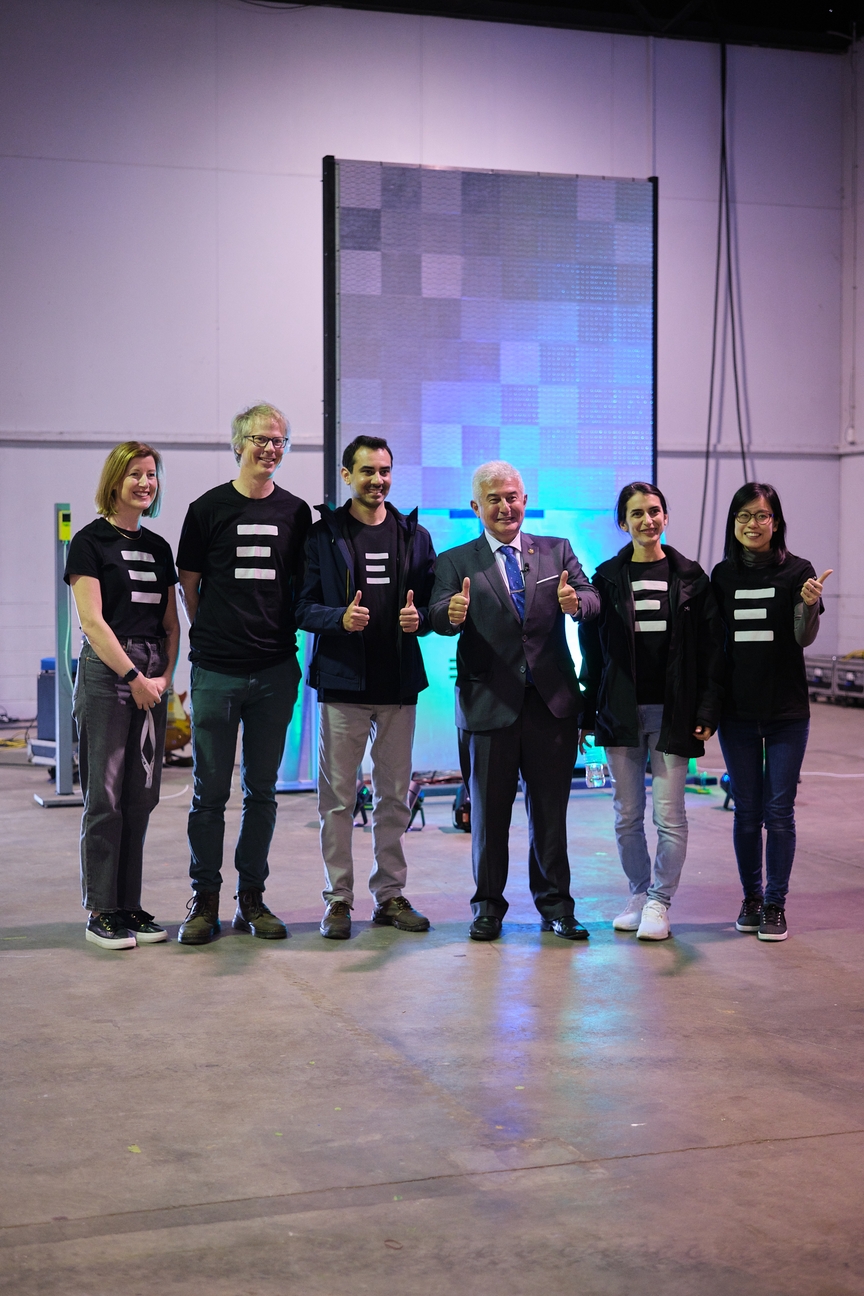How EMROD’s Wireless Power Transfer System Works

Wireless power transmission (WPT) sounds reminiscent of a science fiction movie, but EMROD has turned it into a tangible reality. In October 2023, government and industry leaders flew in from around the world to watch EMROD demonstrate its technology. To save you a trip to New Zealand, this article aims to present the components of our system with the hope of demystifying it.

Emrod’s wireless power transmission has two main hardware components: A transmitting antenna and a receiving antenna. Instead of the long, thin metal structure that the word “antenna” recalls, Emrod’s antennas are square-shaped arrays of slotted waveguide antenna tiles that can radiate electromagnetic energy. In operation, the antennas will be covered in microwave-transparent enclosures that protect them from environmental wear and tear, appearing as shown in the image below.
Wireless power transfer initiates at the transmitting antenna, where a microwave power amplifier converts electricity into electromagnetic energy in the form of microwaves. Next, a phase shifter focuses this electromagnetic energy into a specific direction and a beam forming algorithm creates a highly collimated beam. A radiating element sends the beam out on its journey towards the receiving antenna. The beam is uni-directional, meaning that it can only travel towards one specific destination. This creates a virtual wire that allows vast amounts of energy to be transmitted in a highly controlled way.
As the collimated beam is transmitted through the air, there is no material impact on the efficiency of the beam by atmospheric changes such as rain or snow. An object detections system automatically shuts down all or parts of the beam when an object passes through, and a battery system on the receiving side can ensure uninterrupted energy supply. At the transmitting antenna, a directional coupler is used to obtain a frequency reference and pilot beam sample to guide the collimated beam as it travels towards the receiving antenna.
Although the beam could theoretically travel unlimited distances, it is constrained by antenna size. For the antenna to be a practical size, relay antennas are used to transmit energy over especially long distances. Relays can also be used to change the beam directions or collect and re-transmit multiple beams.
At the receiving antenna, electromagnetic energy is converted back into electricity. A receiving element turns the beam into AC electricity and then passes it to a rectifier module, which converts into DC electricity. This energy can then be utilized as normal.
At a high-level, EMROD's system is a transmitting and a receiving antenna, ingeniously designed to facilitate the efficient and controlled transfer of energy over vast distances. With EMROD's innovative approach, the future of wireless power transmission emerges as a promising reality, poised to reshape the landscape of energy distribution.


